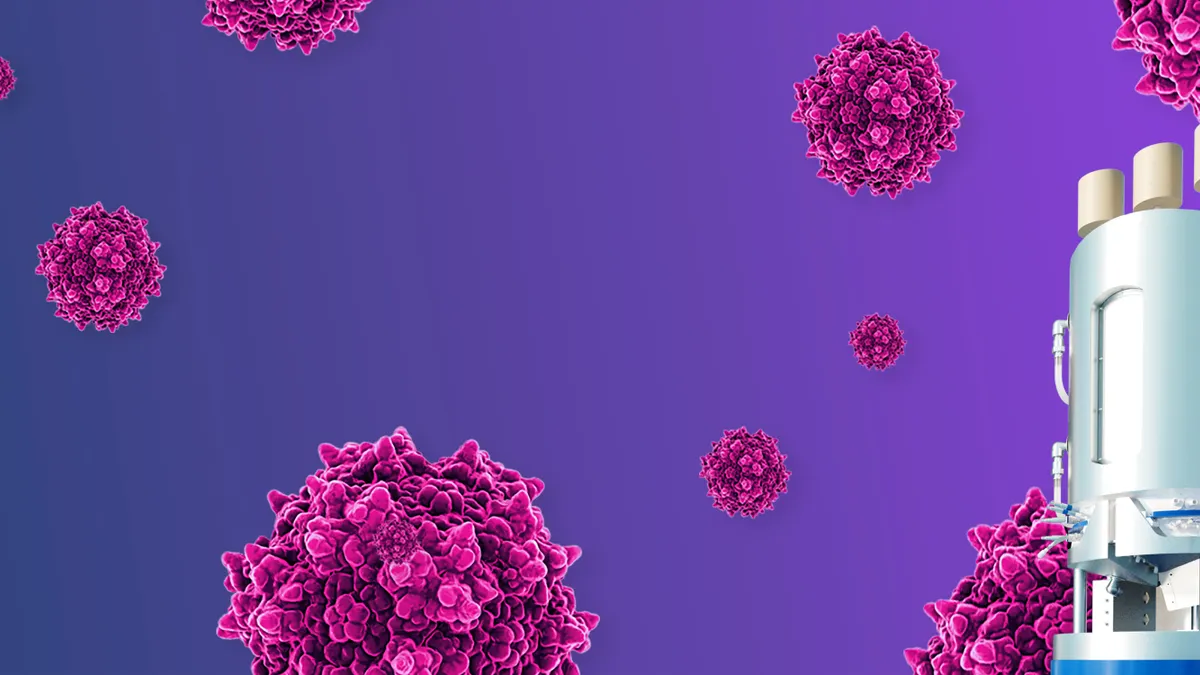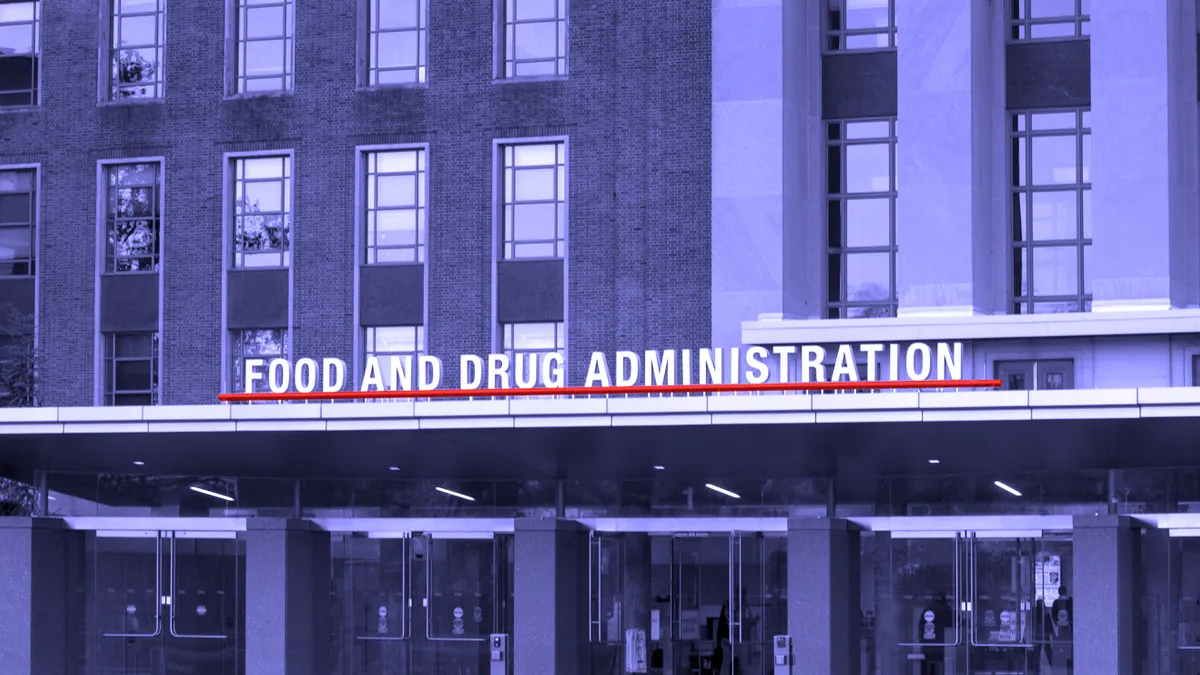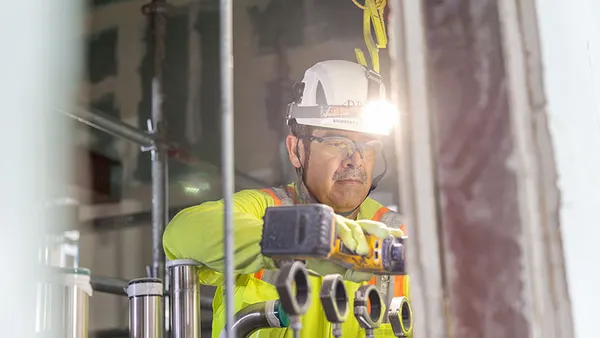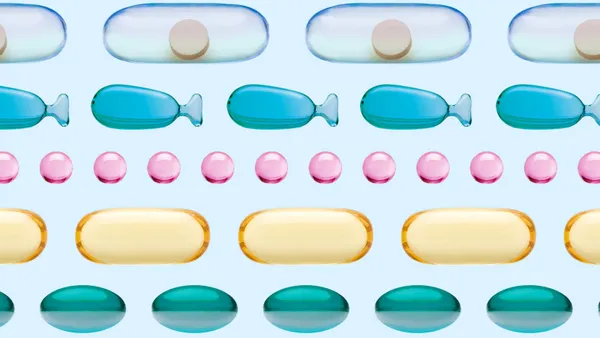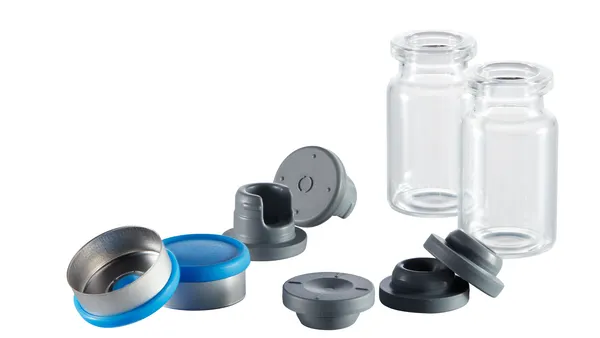Viral-based gene therapies (GTs) represent a new frontier in medicine, offering hope to patients who previously had few, if any, treatment options. As therapeutic developers increasingly target polygenic indications with larger patient populations, including Parkinson’s disease, they have the potential to impact millions of lives.
Successfully delivering on the promise of GTs, however, requires developers to find a cost-efficient manufacturing strategy that meets patient demand.
“Most of the industry historically has standardized around 200-liter bioreactors, but higher dosing and larger patient populations are pushing manufacturing demand to 1,000+liter bioreactors,” explains Fletcher Malcom, Head of Strategy, Product and Business Development at Mirus Bio LLC. “If developers can’t find a cost-efficient way to scale up production, they risk undermining the commercial viability of their programs.”
The challenges: Scaling upstream adeno-associated virus (AAV) gene therapy manufacturing
Developers and manufacturers looking to move beyond the standard 200-liter bioreactor scale must overcome a crucial bottleneck: The stability of their transfection complex.
Transfection complexes, composed of plasmid DNA and transfection reagents, have an extremely short window of stability. When using standard reagents, manufacturers must prepare the transfection complex and add it to the bioreactor within minutes to achieve the optimal titer for the resulting therapeutic.
Beyond 15-30 minutes, the transfection complexes increasingly aggregate, becoming too large to effectively cross the cell’s plasma membrane thus reducing transfection efficiency.
This results in a race against time, particularly as manufacturers look to scale up production. For a 200-liter bioreactor, you may only need to add 10 liters of transfection complex within a time frame of 5-10 minutes to hit the optimal efficiency targets; But for a 1,000-liter bioreactor, the complex size jumps to 50 liters, and you have the same 5-10 minutes to deliver the complex.
“At that volume, the transfection complex solution is difficult to deliver quickly to a production bioreactor,” says Malcom. “Essentially, you have an upper limit to the transfer flow rate whereby adding the solution faster to comply with the short time window risks damaging the complex. Damaging the transfection complex reduces upstream titer, and therefore it becomes a real balance when increasing bioreactor size to 1000L or greater while not sacrificing productivity per liter.”
As a result, manufacturers face:
- Limits on scalability: Short time windows to deliver the transfection complex don’t expand or scale with large volume processes.
- Stressful work environments: Employees who struggle to deliver large volumes of transfection complex within a tight time frame.
- Increased variability in performance: Nuances or even small deviations during the complexation delivery step can negatively impact yield and titer.
The solution: Improve transfection complex stability to reduce time-sensitivity
Developers must find ways to improve the stability of the transfection complex solution to make scale-up easier and to enable scaling to 1000L and beyond. Enhanced complex stability increases the timeline during which staff can add the complex to the production bioreactor, enabling better consistency of results while also reducing the risk of error.
“With the introduction of Mirus Bio’s innovative VirusGEN Stabilizer additive, you can extend the stability of the transfection complex six-fold — from 30 minutes to three hours,” Malcom says. “That means less scrambling to add the solution to your bioreactor, and more opportunities to scale up production into the thousands of liters.”
Mirus Bio’s transfection reagent and enhancer technologies also enable manufacturers to achieve higher titers and percentages of full capsids, thereby increasing the overall productivity of the manufacturing process.

“When you’re manufacturing in the thousands of liters, being able to reduce the transfection complex to 2% of culture volume instead of 5% goes a long way in streamlining your workflow and making life easier for your staff,” Malcom says.
The result: More opportunities to streamline your manufacturing process
Enhancing transfection complex stability provides an opportunity for manufacturers to boost outcomes across their programs, including:
- Productive manufacturing at scale: Manufacturers can increase capacity while maintaining a high level of productivity.
- Less risk due to more forgiving workflows: Reduce the impact of delays in the complexation process by increasing stability.
- Manage manufacturing costs: By reducing the risk of a wasted batch due to transfection complex instability, and more easily realizing the efficiencies of scale in manufacturing.
Scale with peace of mind: Mirus Bio’s transfection reagent and enhancers
Scaling up manufacturing doesn’t have to be painful — and the optimal reagents and enhancers can help you reach your goals, Malcom says. “We can make it easier to manufacture AAV at scale by extending the time window for transfection complex stability to help you achieve greater performance, usability, and cost-efficiency that sets your commercialization plan up for success.”
Learn more about how we can help you optimize recombinant AAV production.

